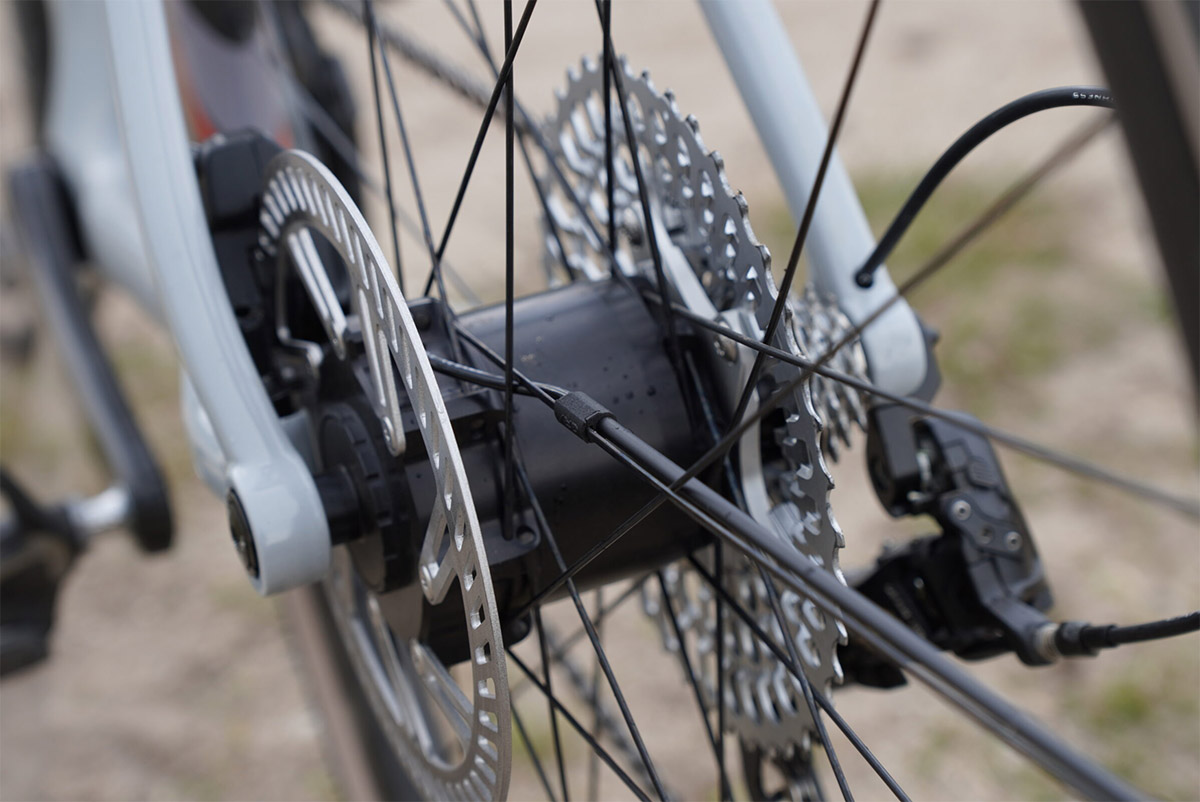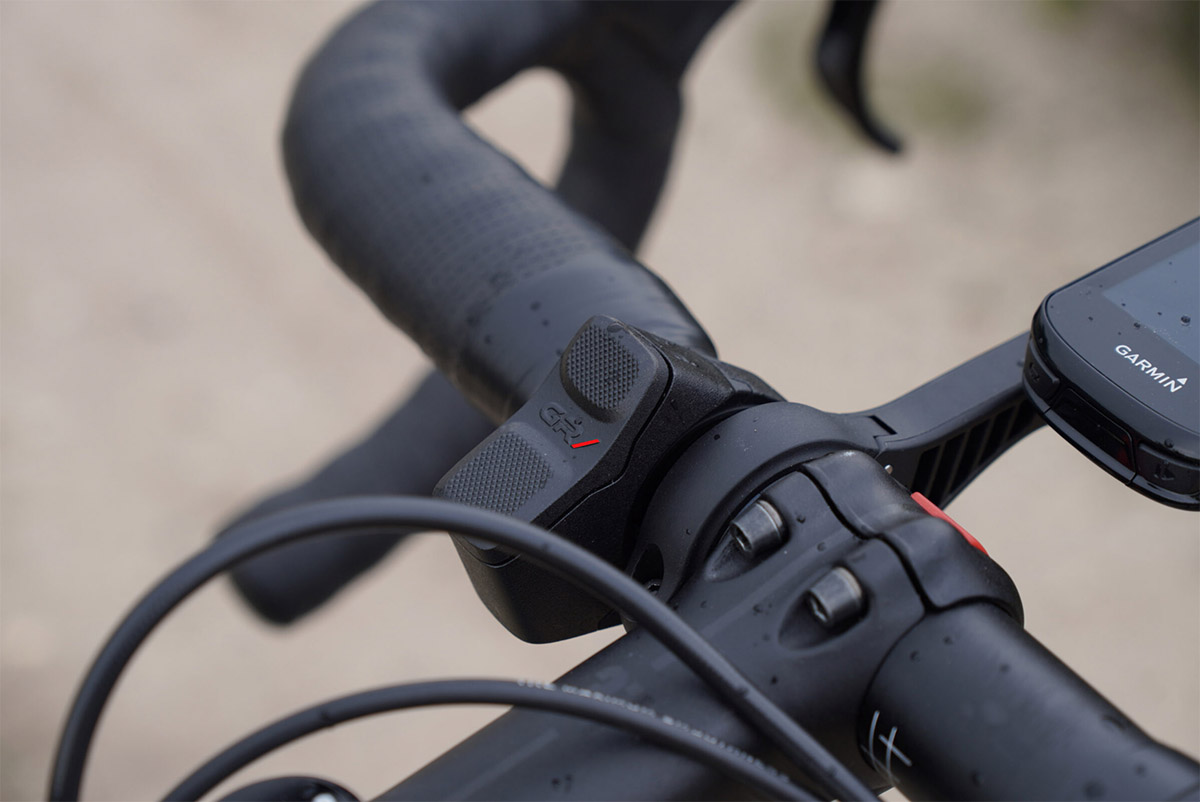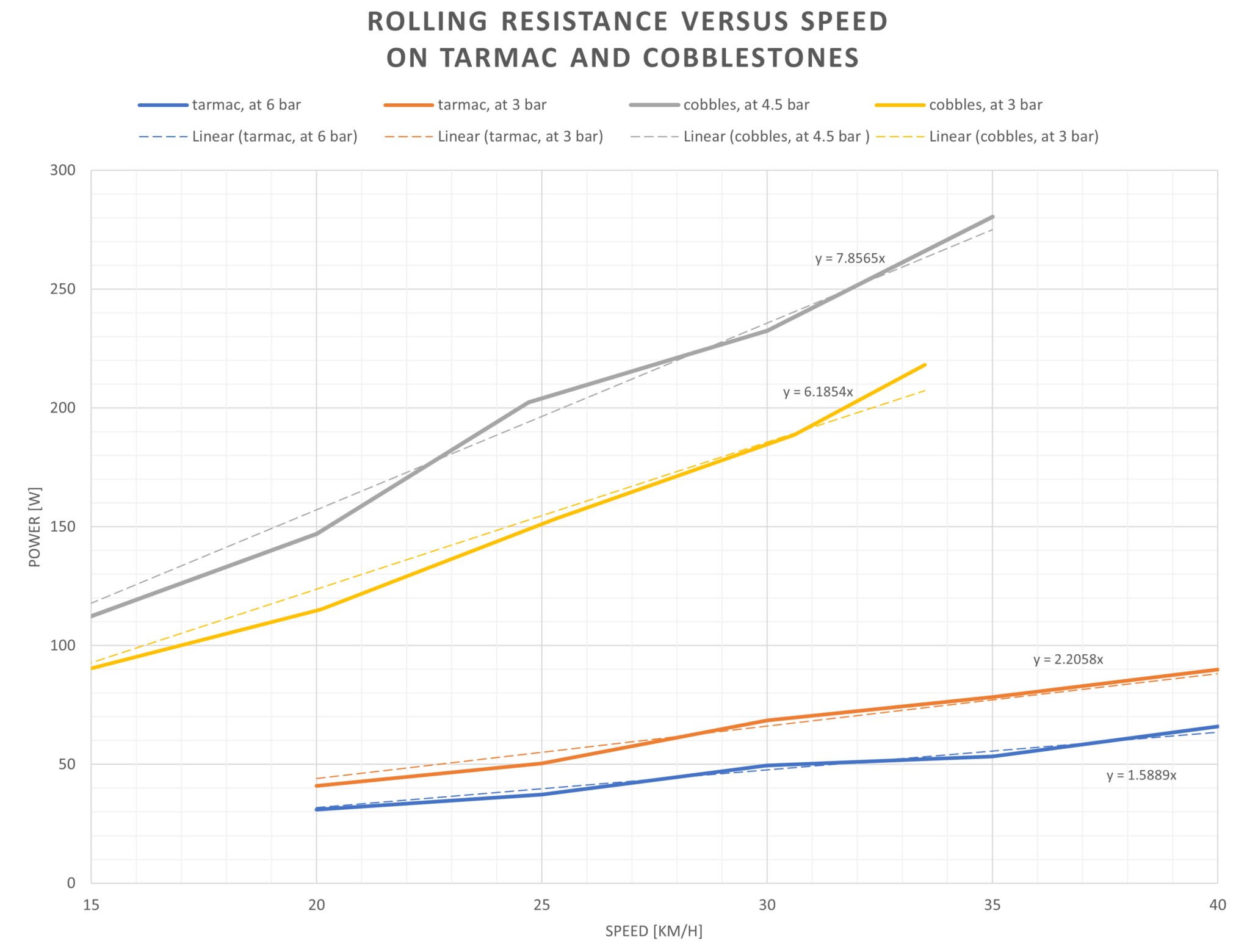
Earlier this week, a keen eye on Twitter noticed that Jumbo-Visma rider Edoardo Affini had the Gravaa KAPS system installed on his bike as a possible test for the Paris-Roubaix.
Looks like Affini is testing the KAPS adjustable air pressure system. #DDV23 #DDV pic.twitter.com/myK3cltMrF
— Janus (@JVerlaeckt) March 29, 2023
Paris-Roubaix, also known as “The Hell of the North,” is best known for its rough cobblestones, far more formidable than the ones in the Belgian classics, that truly put a road bike to the test. Facvtor in the long tarmac stretches between cobbled sectors and it is impossible to have one correct tire pressure for the whole ride from Paris to the Belgian border.
Read more: Everything you need to know about the 2023 Tour of Flanders
Enter the KAPS system.
KAPS (Kinetic Air Pressure System) is an onboard tire inflation system found in both the front and rear hubs. KAPS allows riders to increase or lower tire pressure on the move and see their tire pressure on the move.

All of this is controlled through a wireless controller mounted to the handlebars, with tire pressure data accessible through a GPS head unit or smartphone app. Press one button on the wireless controller to activate the clutch and pump in additional air pressure, or press the other to release air pressure.

KAPS features a miniature, reciprocal membrane pump built into the hub of each wheel. As the wheels spin, KAPS generates pressure through a camshaft that pumps a cylinder in the hub. A clutch inside actuates the pump itself.
The hub has a hose that extends to a proprietary valve core to add or release air pressure.

In short, as your wheels spin, KAPS generates pressure that can inflate your tires as you pedal.
Gravaa says the KAPS is highly energy-efficient. Specifically, they say 1 kilometer of riding can inflate a gravel tire by up to 14.5 PSI, with mountain bike tires inflated at a rate of 7 PSI per kilometer.
A pneumatically-actuated booster valve allows for quicker deflation, dropping up to 14.5 PSI in just three seconds.
Gravaa originally developed this system with Belgian beach racing in mind. Surfaces change considerably over a beach race, going from the expected loose sand to fast, hard-pack terrain that high tire pressure can take advantage of. Gravaa also touts major benefits to KAPS for Paris-Roubaix specifically.
The Belgian company goes as far as to say that in their own testing, a rider can experience power gains in the range of up to 49 watts over terrain similar to what Affini and others will see in Paris-Roubaix.

And in Paris-Roubaix specifically? Gravaa makes even more impressive claims, saying KAPS can give a power advantage of about 20 watts at 35 km/h when lower pressure from 85 PSI to 45 PSI. Further, they claim a peak power advantage of almost 60 watts when decreasing pressure from 65 PSI to 35 PSI.
This does not include the 4 W each hub requires to generate power. And when KAPS isn’t inflating tires, Gravaa claims there is no power loss by using their system.
Gravaa says each hub weighs about 250 grams more than an equivalent hub, though there is no mention of what hub it was compared to.
In situations like Paris-Roubaix and the roughly 50 kilometers of cobblestones, however, the extra weight and power consumption are offset by the extra grip and rider comfort of using the appropriate tire pressure.

Is this system worth the additional complication for Jumbo-Visma? Only time will tell.
Marginal gains matter in a one-day race like Paris-Roubaix. Considering just how much single-digit wattage savings are valued, the eye-popping numbers shown here mean Gravaa KAPS might just make an appearance on race day.
0 Commentaires